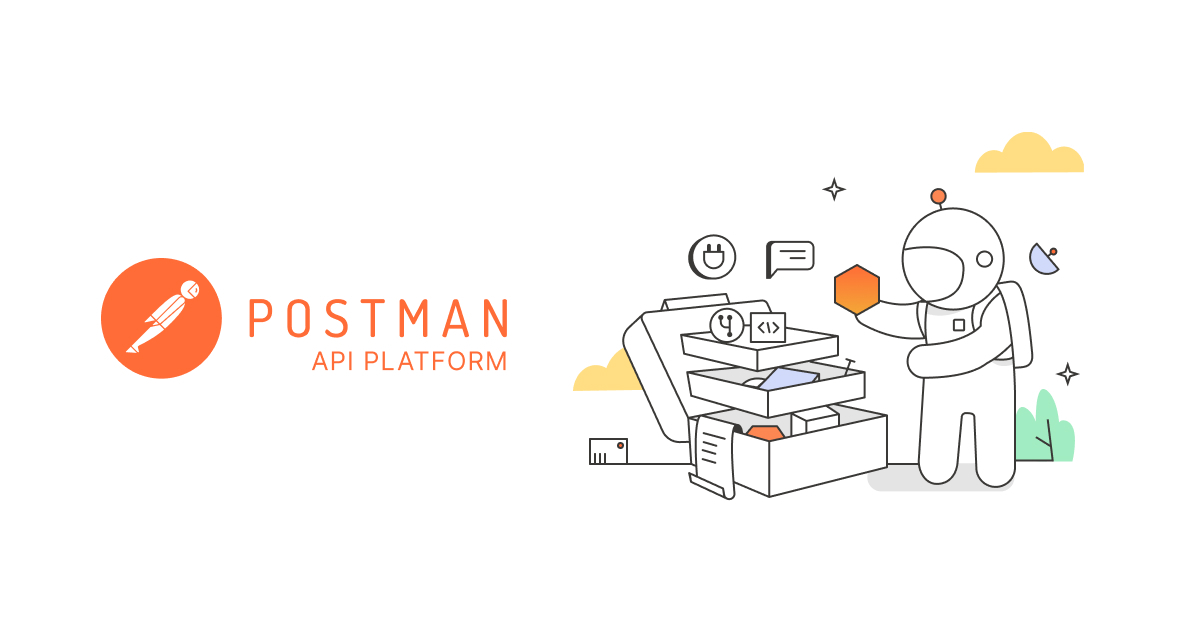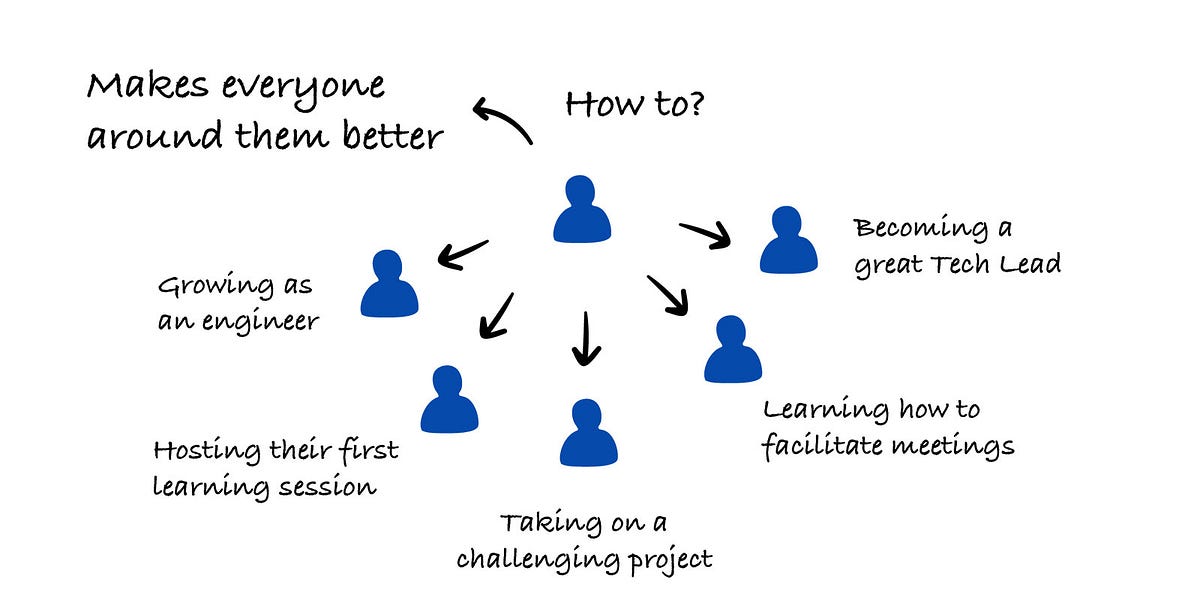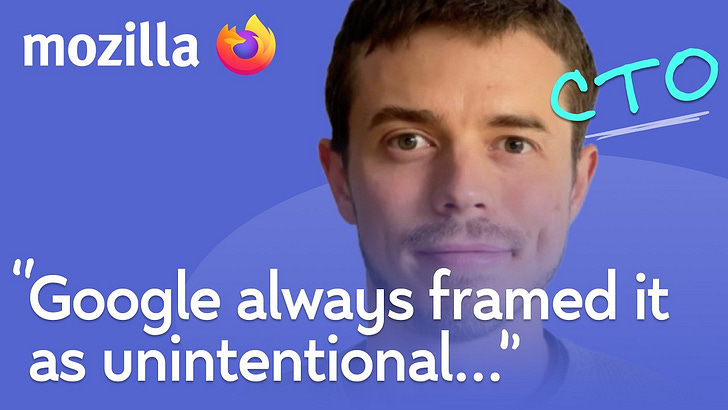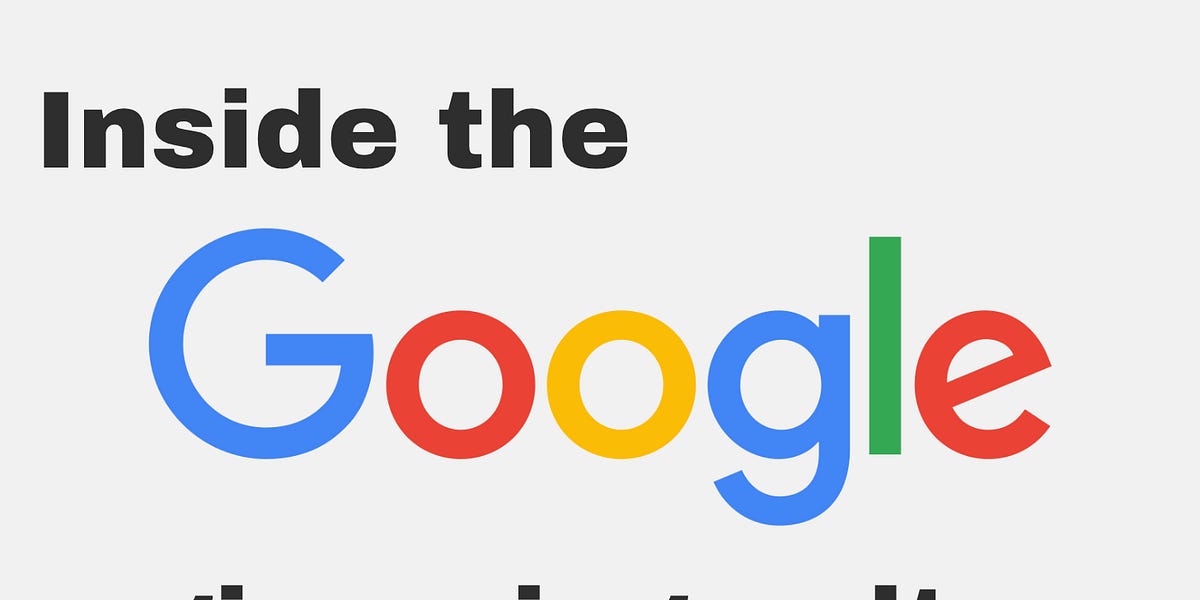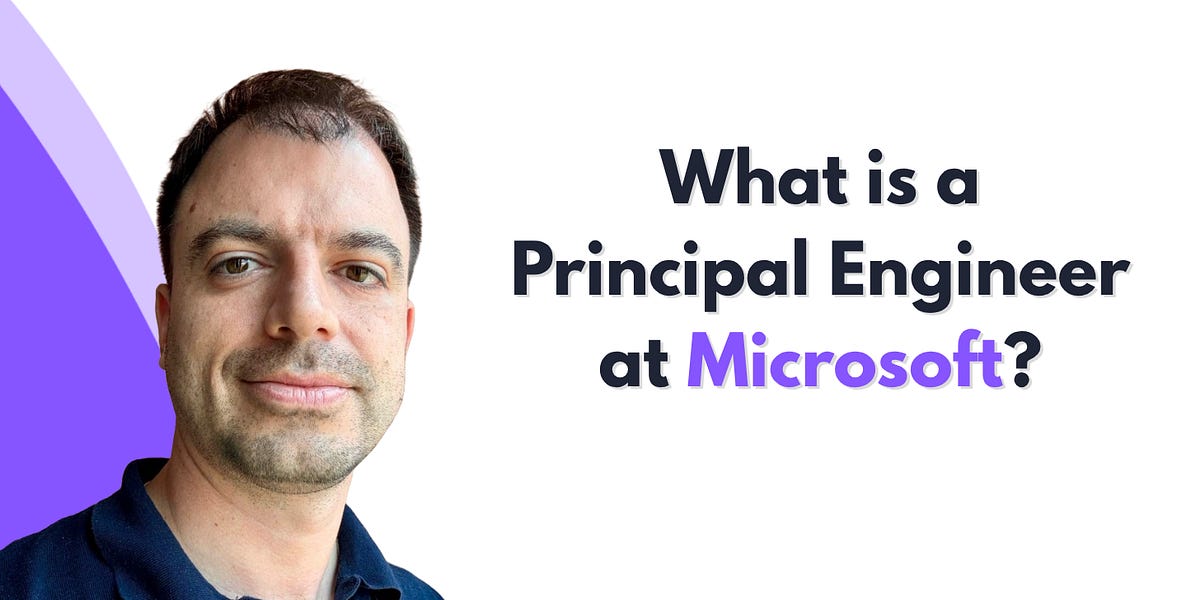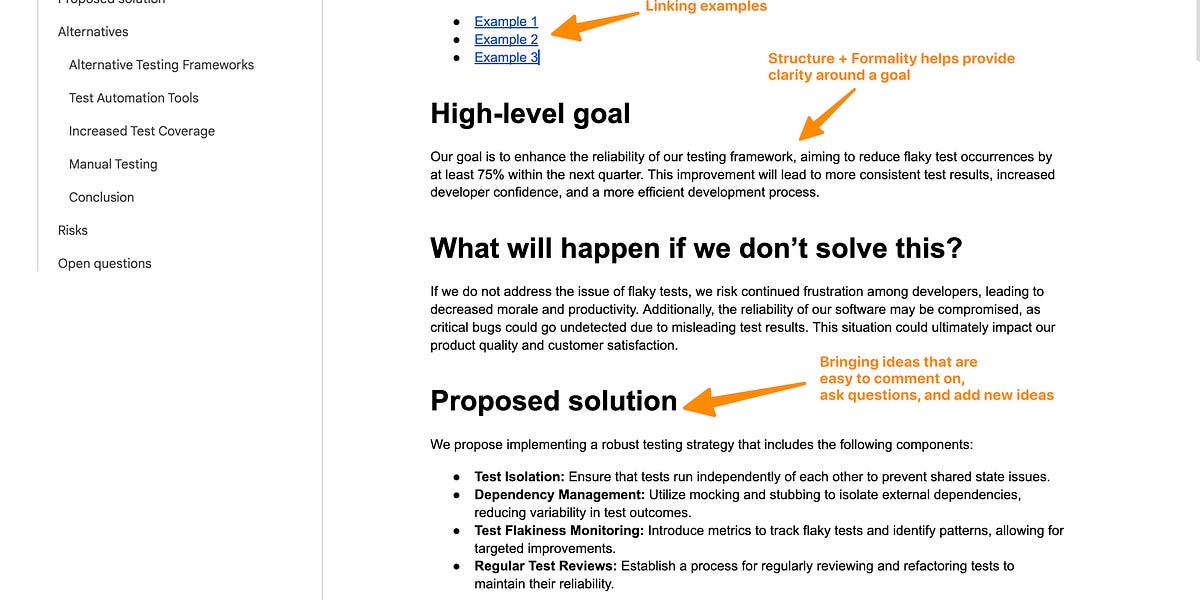Today’s issue of Hungry Minds is brought to you by:

Happy Monday! ☀️
Welcome to the 326 new hungry minds who have joined us since last Monday!
If you aren't subscribed yet, join smart, curious, and hungry folks by subscribing here.

📚 Software Engineering Articles
The 90-day AI playbook you need to grow
Inside NVIDIA's GPU matrix multiplication optimization techniques
Tips for probabilistic software that actually works
Debunking the CAP theorem misconceptions everyone believes
Mozilla Firefox CTO shares journey to distinguished engineer
Beyond indexes: revolutionizing query performance with open table formats
🗞️ Tech and AI Trends
Walmart partners with OpenAI for ChatGPT shopping
Google DeepMind tackles fusion energy challenges
Apple announces M5-powered MacBook Pro
👨🏻💻 Coding Tip
What the hell are zsh glob qualifiers
Time-to-digest: 5 minutes
Big thanks to our partners for keeping this newsletter free.
If you have a second, clicking the ad below helps us a ton—and who knows, you might find something you love. 💚

AI agents stop working when they hit poor documentation or fragmented workflows. Unlike humans, they don't troubleshoot; they fail silently.
Your 90-day playbook:
Days 1-30: Build clean, discoverable APIs with AI-consumable documentation
Days 31-60: Deploy intelligent infrastructure that scales with automation
Days 61-90: Launch AI agents and enable autonomous workflows

Netflix needed to connect user interactions across different platforms and products in real-time. They built a distributed graph processing system that handles millions of events per second, enabling instant analysis of user behavior across streaming, gaming, and live events.
The challenge: Build a real-time graph system that connects data from hundreds of microservices while maintaining sub-second latency and handling over 5M records/second.
Implementation highlights:
Stream processing architecture: Used Apache Kafka + Flink for real-time event processing instead of batch systems
Distributed ingestion: Split monolithic job into multiple 1:1 Kafka-to-Flink pipelines for better scaling
Smart buffering: Implemented deduplication windows to reduce downstream throughput
Generic data model: Designed flexible node/edge types to minimize future changes
Data Mesh integration: Built abstraction layer to handle persistence across multiple storage systems
Results and learnings:
Massive scale: Processing over 1M events/second input and 5M records/second output
Real-time insights: Achieved near-instantaneous connection of user activities across platforms
Maintainable architecture: Successfully split monolithic system into manageable microservices
Netflix's approach shows that even at massive scale, choosing the right abstractions and being willing to break things apart can lead to maintainable real-time systems.

ARTICLE (spreadsheet wizard)
How to tame a user interface using a spreadsheet
ARTICLE (fancy title dance)
Title Arbitrage as Status Engineering
ARTICLE (surviving awkward questions)
How to Handle Bad Interviewers
ESSENTIAL (speed demons unite)
JIT: so you want to be faster than an interpreter on modern CPUs
ARTICLE (robots talking to robots)
What is A2A (Agent to Agent) Protocol
ESSENTIAL (table party tricks)
Beyond indexes: How open table formats optimize query performance
ARTICLE (sweat doesn't pay)
Nobody Cares How Hard You Work
ESSENTIAL (database myth busting)
The CAP Theorem Lie Everyone Keeps Repeating
ESSENTIAL (maybe it works?)
Tips for probabilistic software
Want to reach 190,000+ engineers?
Let’s work together! Whether it’s your product, service, or event, we’d love to help you connect with this awesome community.

Brief: Apple launches new 14-inch MacBook Pro powered by M5 chip featuring 153GB/s memory bandwidth, delivering 30% faster GPU and 400% better AI performance, starting at $1,599.
Brief: Google DeepMind is strategically positioning itself in the AGI race by focusing on fundamental research and algorithmic breakthroughs while competitors chase immediate commercial applications.
Brief: Google's 27-billion-parameter AI model successfully identified a drug combination that makes tumors more visible to the immune system, with Yale University now conducting further testing of this AI-generated hypothesis that could revolutionize cancer treatment.
Brief: Anthropic releases Claude Haiku 4.5 with 200K token context window, reasoning capabilities, and similar performance to Sonnet 4 at $1/$5 per million tokens, positioning it as a premium code-focused model despite higher prices than competitors.

This week’s coding challenge:
This week’s tip:
Use zsh glob qualifiers to filter files by attributes without external commands. The qualifiers m, a, c filter by modification, access, and creation time with flexible relative syntax.

Wen?
Log cleanup scripts: Find and remove old log files without parsing ls output or using find
Build artifact management: Quickly identify stale build outputs or recently modified source files
Development workflows: List recently edited config files or executables for quick access
It is impossible for a man to learn what he thinks he already knows.
Epictetus


That’s it for today! ☀️
Enjoyed this issue? Send it to your friends here to sign up, or share it on Twitter!
If you want to submit a section to the newsletter or tell us what you think about today’s issue, reply to this email or DM me on Twitter! 🐦
Thanks for spending part of your Monday morning with Hungry Minds.
See you in a week — Alex.
Icons by Icons8.
*I may earn a commission if you get a subscription through the links marked with “aff.” (at no extra cost to you).


